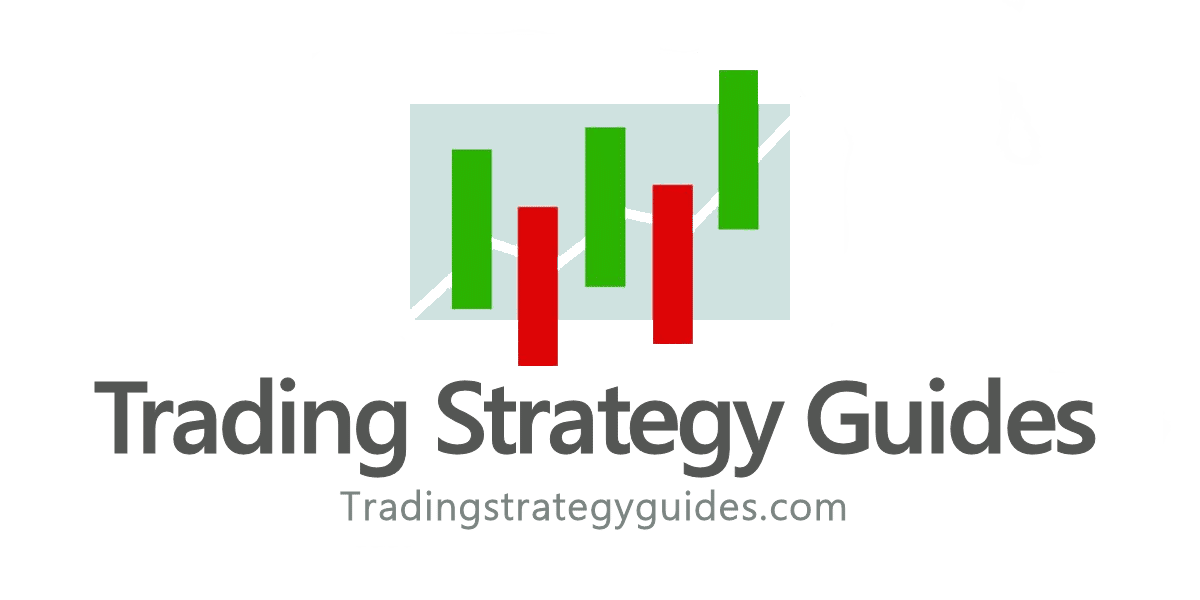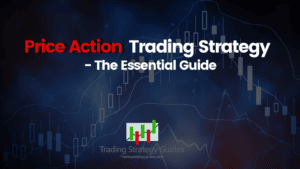How to Trade Like the Banks: 3 Steps to Achieve Success

Master the art of trading with our guide on “How to Trade Like the Banks.” This insightful guide unveils the secrets of bank-level trading strategies, empowering you to trade like banks do. It demystifies complex market dynamics, offering a clear roadmap to emulate the sophistication and success of bank trading.

Thanks for visiting Trading Strategy Guides (TSG)!
You have discovered the most extensive library of trading content on the internet. Our aim is to provide the best educational content to traders of all stages.
Learn Our Trading Best Strategy By our Founder Casey Stubbs
In other words, we want to make YOU a consistent and profitable trader.
If you’re a brand new trader, we recommend hopping over to our ultimate beginner’s guide to trading to learn more.
Whether you’re a seasoned trader or just starting out, this article provides valuable insights into professional trading techniques. It emphasizes trend recognition, pattern analysis, and effective risk management.
Embrace the wisdom of our “How to Trade Like Banks” guide and transform your trading journey today.
Table of Contents
How to Trade Like the Banks: A Brief Guide

Our job as retail traders is simple:
- Know the banker’s way of trading the Forex market.
- Ride their coattails and get some of the scraps they leave for us.
Remember, we are not trying to beat the bankers or the market. We are simply trying to trade Forex like the banks. This blog post shows the wrong and right ways of trading.
The Wrong and Right Ways of Trading
Between understanding the ‘right and wrong’ ways of trading lies a crucial junction: recognizing common pitfalls and embracing effective strategies. This section delves into the ‘right and wrong’ way of trading, highlighting typical errors to avoid and setting the stage for more successful, bank-like trading practices.
Trading the Wrong Way
Cluttering the chart is the worst mistake a trader can commit. The endless sea of indicators and tools removes all vision from the chart, blocks price action, and eliminates any sense of direction.
Moreover, the signals and analysis are overly conflicting with each other, too (one tool could indicate sell, but the other shows hold or buy). This causes paralysis of analysis.
Some traders probably choose these tactics to hide the insecurity about their approach and trading. Other traders feel comfortable with analysis paralysis as it allows them to escape a decision and blame other third parties.

Trading the Right Way
Trading the right way requires the right mental attitude combined with a consistent and simple approach.
The charts are clear and not overcrowded, and the trading method is simple. Trading is approached with a probabilistic and open mindset, which realizes that anything can happen with a trade at any time.
It just boils down to a couple of items when analyzing the charts, and you will be able to analyze the charts and find setups with a high probability of success, just like the big traders, trading teams, and banks do.
Point 1. Trend & Momentum
Traders must have a sense of the trend and momentum. The best setups are when both line up.
- The trend can be well captured with trend channels and medium to longer-term EMA.
- The momentum is best viewed by using candlesticks.
- Also, the fundamentals are an essential factor in determining the larger trend (here is an example of the USD trend where I used technicals, but fundamentals gave the needed direction).
Point 2. Patterns
The market is full of patterns. Forex traders are looking for reliable and consistent ones that have stood the test of time, such as candlestick patterns and chart patterns. The patterns have more value when they appear in areas with confluence.

Point 3. Support & Resistance
A key component in understanding the decision moments of the market is support and resistance (S&R). The battle between trend/momentum and support/resistance always provides interesting potential setups for traders to capitalize on.
It is at the S&R levels where traders can take a bounce and break trade setups. The best tools for finding S&R are tops and bottoms, trend lines, and Fibonacci levels.
Although the above three pointers will help simplify your approach to trading and enable you to analyze like the pros, it is essential to realize that other important work still must be done, such as:
- An exact entry and exit strategy:
- Discretionary: Waiting for the highest probability setups.
- Non-discretionary: Taking setups with a smaller edge but consistently.
- Risk and money management.
- Trading psychology.
- Testing, Evaluations.
Conclusion: How to Trade Like a Bank
This guide on “How to Trade Like Banks” equips you with the knowledge and techniques to trade like banks, offering a sophisticated approach to navigating the markets. Embracing these strategies not only enhances your trading acumen but also aligns your methods with those of banking giants.
By understanding and applying these insights, you are poised to make more informed decisions, manage risks effectively, and harness the full potential of bank-style trading. This transformative journey in trading brings us closer to financial mastery, embodying the essence of trading like a bank.
Could you analyze the chart using the three points mentioned above (trend, S&R, patterns) to help your trading? If you’re all about simplicity, make sure to check out our blog for more simple day trading Forex strategies.
Do you think that your trading and/or analysis is too complicated? Do you have an idea why it is confusing? Let us know in the comments below.
Also, please leave a comment below if you have any questions about How to Trade Like Banks.
Happy Trading!
3 Comments
Comments are closed.






Hello Chris, I agree with points above, Trend & momentum, patterns and support-resistance another aspect that should be trained regularly are psychology and mindset I supposed. Anyhow thank you for sharing.
Hello Bim, thank you for your feedback! Glad to hear that you have the same opinion. Yes definately agree that trading pscyhology / mindset, risk management, etc are key components for the business plan. The 3 points mentioned above are the most important when making analysis & hunting for setups. Thanks again for dropping a note!
I quite agree with you; as the saying go less is more.